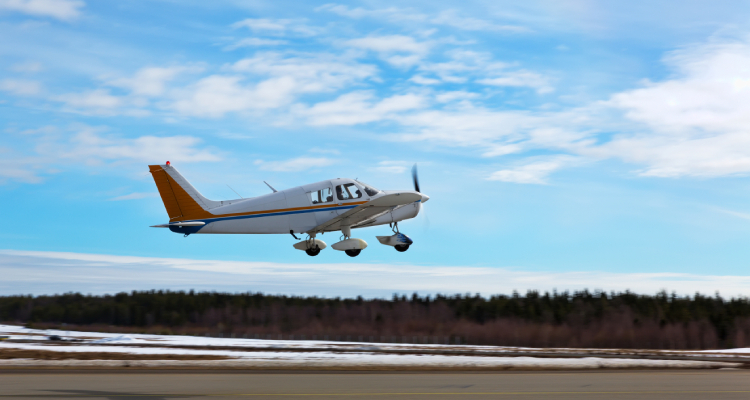
The natural world has long inspired human innovation, and nowhere is this more evident than in the realm of aviation. The intricate mechanics of bird flight have fascinated humans for centuries, influencing aircraft design in myriad ways. From aerodynamics to wing structures, this article delves into the significant impact of avian locomotion on the engineering of modern aircraft.
Biomimicry: The Key to Understanding Flight
Biomimicry is the practice of learning from and emulating nature’s forms, processes, and ecosystems to create more sustainable designs. It’s within this framework that the study of bird flight has been highly impactful.
Wing Shape and Structure
Birds' wings are a marvel of natural engineering. They are both strong and lightweight, thanks to their unique structure of feathers and bones. This led to the development of wing designs that maximise lift while minimising weight, revolutionising aircraft efficiency.
Flapping vs Fixed-Wing
While aircraft cannot replicate the complex flapping motion of birds, the fixed-wing design incorporates lessons learnt from birds' aerodynamic efficiency.
Lift, Drag, and Thrust: The Three Pillars
Birds naturally optimise lift, drag, and thrust in a way that has informed aircraft design principles.
Lift: Albatross Inspiration
The Albatross, known for its long flights, has a wing design that maximises lift and minimises drag. This has influenced the winglets seen on modern aircraft, improving aerodynamic efficiency.
Drag: Lessons from Falcons
The streamlined body shape of falcons, built for high-speed dives, has inspired aircraft nose and fuselage designs that reduce drag.
Thrust: Learning from Hummingbirds
The quick and agile movements of hummingbirds have been studied for their unique way of producing thrust, influencing drone design and vertical takeoff technologies.
Sustainability and Future Designs
The move toward more sustainable aircraft, inspired by the energy-efficient modes of bird flight, is another area where the avian world is making its mark.
Frequently Asked Questions
What is biomimicry and how does it relate to aircraft design?
Biomimicry involves mimicking nature's designs and processes to create sustainable human innovations. In aircraft design, studying the flight mechanisms of birds has led to more efficient and effective technologies.
How have birds influenced the design of aircraft wings?
Birds' wing structures are both strong and lightweight, optimising lift while minimising weight. This has inspired aircraft wing designs that aim for the same efficiencies.
What future developments can we expect from studying bird flight?
As sustainability becomes increasingly important, the natural efficiencies found in bird flight are likely to influence the design of more energy-efficient and environmentally friendly aircraft.
Conclusion
Bird flight has long been a muse for aviation engineers, guiding the design and function of aircraft. By studying the natural efficiencies found in various bird species, modern aviation continues to evolve, blending biology with engineering to create increasingly sophisticated and efficient flying machines.
